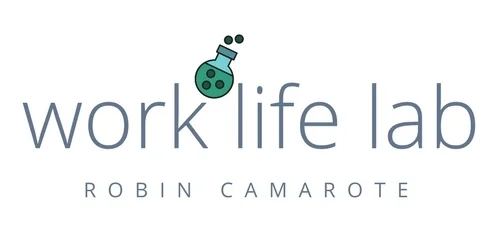I overheard crumbs of a conversation between two people at Starbucks the other day. I was waiting in line. I wasn't trying to be nosy, really. They were within two feet of me. Living in and around DC, however, you never know what juicy bit you might hear so I didn't make any attempts to distract myself either.
Anyway, the gist of the conversation was one person pitching the other on creating a business partnership. The closing comment was, “Hey, this was great. Thanks for your persistence on this. I’m glad we finally got together.” I suspect that all of the seated twosomes around the shop were having conversations that we’re basically the same at their core. Call it networking or catching up or getting-to-know-you or whatever, a lot of things start this way over a latte.
“Thanks for your persistence on this,” stuck with me. It’s not something you hear said out loud often but it struck me as a compliment. I can think of dozens of things I've bought or bought into and now love—products or services or experiences or job offers—that took someone more than one try to sell me. When approaching someone new with something new, we give up too easily. We all do.
But what happens when we approach someone with whom we have an established relationship—our leadership or boss—with something new?
I scanned the recent experiences of friends and colleagues and, of course, my own that came to mind. I thought of my friend and neighbor who doggedly pursued recognition for a key client over about a five month period. In the end, her persistence paid off and she ensured that the client won an important industry award given out by her organization. I thought of a colleague with deep reservations about the risks in a prospective scope of work who pushed for a half dozen rounds edits with the account lead and client to get it to a place she felt more comfortable supporting the assignment. And I thought of a former boss and mentor who fearlessly (and like a charming goofball) works every room, everywhere she goes turning over stones looking for fresh opportunities.
After just this quick mental search, I decided that it’s impossible to know whether we’re more persistent with those we know than those we don’t. I suspect that we’re a little better when we know the mind of the recipient and have a much more open door to reach them. I also suspect that because we know them we filter the kinds of ideas we approach our leadership with in advance. We assume a “no” so we don’t even ask.
For those issues you have raised and ideas submitted...
- Where did they go?
- Are the concepts working way through a review and consideration process or are they lingering?
- How important is it?
- Is it worth following up (perhaps again?) today?

